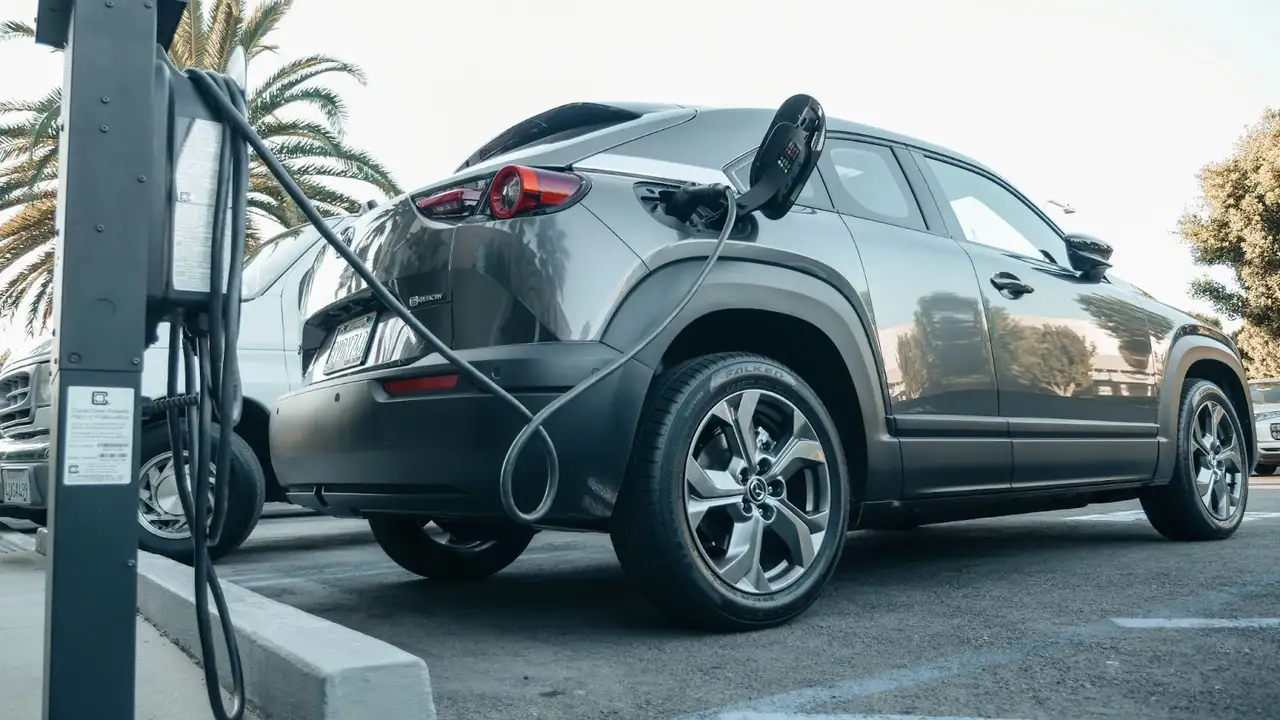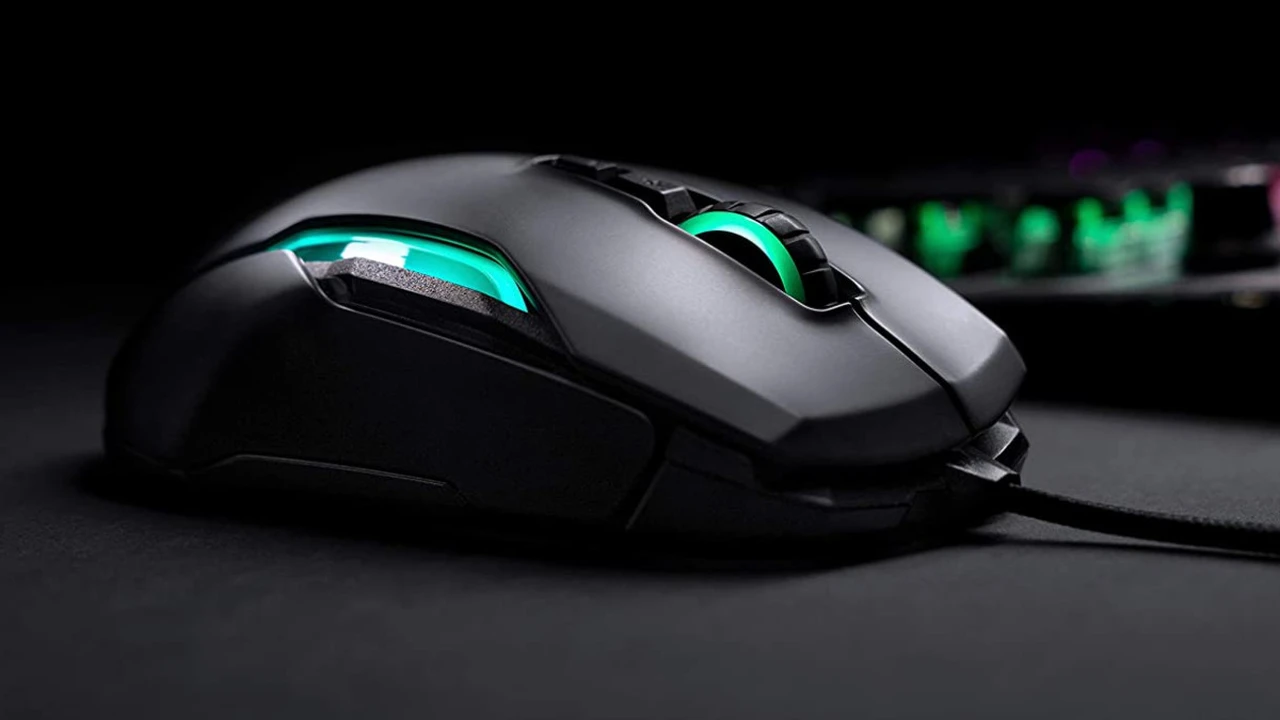
3 Best Solar Powered Chargers for Outdoor Adventures
Why Solar Chargers are Essential for Outdoor Enthusiasts and Travelers
Imagine you're deep in the wilderness, miles away from the nearest power outlet, and your phone, GPS, or camera battery dies. This isn't just an inconvenience; it can be a safety hazard. For anyone who loves hiking, camping, backpacking, or even just spending extended time outdoors, a reliable power source is non-negotiable. That's where solar-powered chargers come into play. They harness the sun's energy, converting it into usable electricity to keep your essential devices running, no matter how far off the grid you venture. They offer unparalleled freedom and peace of mind, ensuring you can navigate, communicate, capture memories, and even call for help if needed. Beyond personal safety, solar chargers also align with an eco-conscious lifestyle, utilizing renewable energy and reducing reliance on fossil fuels.
Understanding Solar Charger Technology and Key Features
Before diving into specific product recommendations, it's crucial to understand how solar chargers work and what features to look for. At their core, solar chargers consist of photovoltaic (PV) cells that convert sunlight into direct current (DC) electricity. This electricity is then typically stored in an internal battery or directly used to charge a device. The efficiency of this conversion, the capacity of the battery, and the overall design are what differentiate one charger from another.
Solar Panel Efficiency and Wattage for Faster Charging
The wattage of a solar panel indicates its power output. Higher wattage generally means faster charging, assuming sufficient sunlight. For portable chargers, you'll typically see wattages ranging from 5W to 28W or more. Efficiency refers to how well the panel converts sunlight into electricity. Monocrystalline panels are generally more efficient than polycrystalline ones, though they can be more expensive. Look for chargers with high-efficiency panels to maximize charging speed, especially in less-than-ideal sunlight conditions.
Battery Capacity and Power Bank Integration for Off-Grid Power
Many solar chargers integrate a power bank (internal battery) to store the generated electricity. This is incredibly useful because it allows you to charge devices even when the sun isn't shining, or to 'bank' power during the day for use at night. Battery capacity is measured in milliampere-hours (mAh) or watt-hours (Wh). For smartphones, aim for at least 5,000 mAh, and for multiple devices or longer trips, consider 10,000 mAh or more. Some chargers are purely solar panels that output directly to a device or an external power bank, offering more flexibility if you already own a high-capacity power bank.
Portability, Durability, and Weather Resistance for Outdoor Use
Since you'll be taking these chargers outdoors, portability is key. Look for lightweight, foldable, or compact designs that can easily fit into a backpack. Durability is equally important; outdoor gear needs to withstand bumps, drops, and exposure to the elements. Many solar chargers feature ruggedized casings, reinforced stitching, and high-quality materials. Weather resistance, specifically water resistance (often indicated by an IP rating), is crucial to protect against rain, splashes, or accidental submersion. An IPX4 rating means it can withstand splashes from any direction, while higher ratings offer more protection.
Output Ports and Device Compatibility for Versatile Charging
Check the number and type of output ports. Most modern devices charge via USB-A or USB-C. Ensure the charger has enough ports for all your devices and that the output current (measured in Amperes, A) is sufficient for faster charging. For example, a 2.4A output will charge a smartphone faster than a 1A output. Some larger solar panels might even offer DC outputs for charging laptops or larger batteries.
Top 3 Solar Powered Chargers for Your Next Adventure
Based on a balance of efficiency, portability, durability, and user reviews, here are three of the best solar-powered chargers currently available, catering to different needs and budgets.
1. BioLite SolarPanel 5+ The Compact and Efficient Choice
Product Overview: The BioLite SolarPanel 5+ is an excellent choice for day trips, short camping excursions, or as a reliable backup charger. It's known for its integrated 2200 mAh battery, which allows for power storage even when the sun isn't directly available. Its compact, foldable design makes it incredibly portable, and the integrated sundial helps you optimize panel positioning for maximum sun exposure. It's a smart, user-friendly option for those who need a quick and efficient charge for smaller devices.
Key Features and Specifications:
- Solar Panel Wattage: 5 Watts
- Integrated Battery: 2200 mAh (8 Wh)
- Output Ports: 1 x USB-A (2.1A)
- Weight: Approximately 13.7 oz (390g)
- Dimensions (folded): 10.1 x 8.2 x 0.9 inches
- Durability: Durable, weather-resistant design.
- Unique Feature: Integrated sundial for optimal panel alignment.
Ideal Use Cases: This charger is perfect for solo hikers, day trippers, or as an emergency backup for your smartphone, headlamp, or small camera. Its small size means it can easily be strapped to a backpack for passive charging while on the move. It's also great for casual campers who need to top off their devices overnight after a day of sun exposure.
Pros:
- Integrated battery for power storage.
- Very portable and lightweight.
- Sundial feature simplifies optimal positioning.
- Good build quality for its size.
Cons:
- Lower wattage means slower charging for larger devices.
- Small battery capacity might not fully charge multiple devices.
Estimated Price: Around $60 - $70 USD.
2. Goal Zero Nomad 20 The Versatile and Robust Performer
Product Overview: Goal Zero is a well-respected name in portable power, and the Nomad 20 lives up to that reputation. This 20-watt foldable solar panel is designed for serious adventurers who need more power to charge a wider range of devices, including tablets, larger power banks, and even small laptops (when paired with a compatible power station). It doesn't have an integrated battery, but its higher wattage and robust design make it an excellent choice for extended trips where consistent power generation is crucial.
Key Features and Specifications:
- Solar Panel Wattage: 20 Watts
- Integrated Battery: None (designed to charge external devices/power banks)
- Output Ports: 1 x USB-A (2.4A), 1 x 8mm (for Goal Zero power stations)
- Weight: Approximately 2.2 lbs (1 kg)
- Dimensions (unfolded): 11.2 x 21.5 x 0.75 inches
- Durability: Rugged, weather-resistant construction with integrated kickstand.
- Unique Feature: Chainable design to link multiple Nomad panels for more power.
Ideal Use Cases: The Nomad 20 is perfect for multi-day backpacking trips, car camping, or as part of a larger off-grid power setup. It can efficiently charge smartphones, tablets, GPS devices, and even small drones. When paired with a Goal Zero Yeti power station, it can become a formidable power solution for extended periods in the backcountry.
Pros:
- High 20W output for faster charging.
- Very durable and weather-resistant.
- Versatile with both USB-A and 8mm outputs.
- Can be chained with other Nomad panels for increased power.
Cons:
- No integrated battery, so you'll need an external power bank.
- Slightly heavier and larger than smaller options.
Estimated Price: Around $150 - $180 USD.
3. Anker 515 Solar Panel (24W) The Reliable and Portable Powerhouse
Product Overview: Anker is renowned for its high-quality charging solutions, and their 24W solar panel is no exception. The Anker 515 (formerly PowerPort Solar) offers a fantastic balance of power, portability, and durability. It's designed to be highly efficient, even in less-than-perfect sunlight, thanks to its advanced SunPower solar cells. Its foldable design and lightweight nature make it easy to carry, while its robust construction ensures it can handle the rigors of outdoor life. This panel is a great choice for those who want reliable, fast charging without breaking the bank.
Key Features and Specifications:
- Solar Panel Wattage: 24 Watts
- Integrated Battery: None (designed to charge external devices/power banks)
- Output Ports: 2 x USB-A (up to 2.4A per port, 3A total max)
- Weight: Approximately 1.9 lbs (890g)
- Dimensions (folded): 11.2 x 6.3 x 1.1 inches
- Durability: PET-laminated solar panels, industrial-strength polyester fabric, weather-resistant.
- Unique Feature: Highly efficient SunPower solar cells for superior conversion rates.
Ideal Use Cases: This Anker panel is ideal for backpackers, campers, and anyone needing to charge multiple USB-powered devices simultaneously. It's powerful enough to quickly charge smartphones, tablets, smartwatches, and even some smaller power banks. Its dual USB ports are a significant advantage for groups or individuals with multiple gadgets.
Pros:
- High 24W output for fast charging.
- Excellent efficiency, even in cloudy conditions.
- Dual USB ports for charging multiple devices.
- Very durable and weather-resistant.
- Relatively lightweight and compact for its power output.
Cons:
- No integrated battery, requires an external power bank.
- No kickstand, though loops allow for easy hanging.
Estimated Price: Around $80 - $100 USD.
Comparing the Top Solar Chargers Which One is Right for You
Choosing the best solar charger depends heavily on your specific needs, the duration of your trips, and the types of devices you plan to charge. Let's break down a comparison to help you decide.
Power Output and Charging Speed for Different Devices
If your primary need is to occasionally top off a smartphone or headlamp during a day hike, the BioLite SolarPanel 5+ is sufficient. Its lower wattage means slower charging, but the integrated battery is a huge convenience. For more demanding users who need to charge tablets, multiple phones, or larger power banks, the Goal Zero Nomad 20 and Anker 515 (24W) are far superior. Their higher wattage translates to significantly faster charging times, especially in direct sunlight. The Anker 515, with its 24W, offers a slight edge in raw power output over the Nomad 20's 20W, potentially leading to marginally faster charging.
Portability and Weight for Backpacking and Travel
For ultralight backpackers where every ounce counts, the BioLite SolarPanel 5+ is the clear winner due to its minimal weight and compact size. It's designed to be easily strapped to the outside of a pack. The Anker 515 (24W) strikes an excellent balance, offering substantial power in a relatively lightweight and foldable package, making it a great choice for most backpackers. The Goal Zero Nomad 20 is the heaviest of the three, but its robust build and higher power output might justify the extra weight for those on longer, more demanding expeditions or car camping trips where weight is less of a concern.
Durability and Weather Resistance for Harsh Environments
All three options offer good weather resistance, but the Goal Zero Nomad 20 often stands out for its exceptionally rugged construction, designed to withstand significant abuse. Its integrated kickstand also adds to its practical durability in the field. The Anker 515 (24W) is also very durable, with its PET-laminated panels and tough fabric, making it highly reliable. The BioLite SolarPanel 5+ is durable for its size but might not endure the same level of rough handling as the larger, more robust panels.
Integrated Battery vs External Power Bank Considerations
The BioLite SolarPanel 5+ is unique among these three for having an integrated battery. This is a huge advantage if you want a self-contained unit that can store power for later use without needing an additional power bank. However, its battery capacity is limited. The Goal Zero Nomad 20 and Anker 515 (24W) are purely solar panels; they generate power but don't store it. This means you'll need to connect them to your device or, more commonly, to an external power bank. This setup offers more flexibility, as you can choose a power bank with the exact capacity you need, and it allows you to charge the power bank during the day and then use it to charge your devices at night or when the sun isn't out. If you already own a high-capacity power bank, the panel-only options are often more efficient and cost-effective.
Tips for Maximizing Your Solar Charger's Performance
Getting the most out of your solar charger requires a bit of know-how. Here are some practical tips:
Optimal Panel Positioning and Sun Exposure
This is the most critical factor. Solar panels work best when they are directly facing the sun. Aim for a 90-degree angle to the sun's rays. Adjust the panel's position throughout the day as the sun moves. If your charger has a sundial (like the BioLite) or a light indicator, use it! Avoid shadows from trees, buildings, or even your own body, as even a small shadow can significantly reduce output.
Charging in Different Weather Conditions
Solar chargers perform best on clear, sunny days. However, they can still generate some power on cloudy or overcast days, albeit at a reduced rate. Don't expect full charging speeds in these conditions. In very low light or heavy rain, don't rely on them. Always have a fully charged power bank as a backup for such scenarios.
Using a Power Bank as an Intermediate Storage
For panels without an integrated battery (like the Anker and Goal Zero), always charge a power bank first. This is more efficient than directly charging your phone. Power banks can handle fluctuating power input from solar panels better than sensitive electronics like smartphones. Once your power bank is full, you can then use it to charge your devices at your convenience, even at night.
Protecting Your Solar Charger from the Elements
While most outdoor solar chargers are weather-resistant, they are not indestructible. Avoid prolonged exposure to heavy rain, extreme heat, or direct submersion unless specifically rated for it. Keep the solar panels clean; dust, dirt, or debris can significantly reduce efficiency. Use a soft, damp cloth to wipe them down regularly.
Beyond the Top 3 Other Considerations for Your Purchase
While the BioLite, Goal Zero, and Anker models are excellent choices, here are a few more things to think about when making your final decision:
Budget and Value for Money
Solar chargers range widely in price. The BioLite is the most affordable of the three, offering great value for light users. The Anker 515 provides excellent power-to-price ratio, making it a strong contender for most users. The Goal Zero Nomad 20 is at the higher end, reflecting its robust build and brand reputation. Consider how often you'll use it and what level of power you truly need before investing.
Brand Reputation and Customer Support
Brands like BioLite, Goal Zero, and Anker have established reputations for quality and customer service. Investing in a product from a reputable brand often means better reliability, clearer warranties, and accessible support if you encounter any issues. Reading user reviews can also provide valuable insights into real-world performance and customer satisfaction.
Future-Proofing Your Purchase
Technology evolves rapidly. While solar panels themselves are fairly stable, consider chargers with versatile output options (like USB-C if your devices use it) to ensure compatibility with future gadgets. Also, think about whether you might want to expand your solar setup later; some panels (like the Goal Zero Nomad series) are designed to be chained together for increased power output.
Staying Powered Up on Your Adventures
Having a reliable solar-powered charger is a game-changer for anyone who spends time outdoors. It provides the freedom to explore without worrying about dead batteries, enhances safety, and supports a more sustainable way of living. Whether you opt for the compact convenience of the BioLite SolarPanel 5+, the robust versatility of the Goal Zero Nomad 20, or the reliable power of the Anker 515 (24W), you'll be well-equipped to keep your essential devices charged and ready for whatever your next adventure throws your way. Remember to consider your specific needs for power, portability, and durability, and always practice good solar charging habits to maximize your device's performance. Happy adventuring!
:max_bytes(150000):strip_icc()/277019-baked-pork-chops-with-cream-of-mushroom-soup-DDMFS-beauty-4x3-BG-7505-5762b731cf30447d9cbbbbbf387beafa.jpg)






